5 Famous Artists Who Were Migrants and Other Stories
As long as there have been artists, there have been migrant artists. Like anyone else, they’ve left their homeland and traveled abroad for many...
Catriona Miller 18 December 2024
Baltasar de Echave Ibía was a renowned Novohispanic painter from the 17th century. In fact, he belonged to an artistic dynasty. Yet, he managed to distinguish himself from his relatives. His main characteristic was the use of blue tonalities in religious paintings. This earned him the nickname “the Echave of the Blues”. Let us dive into his work.
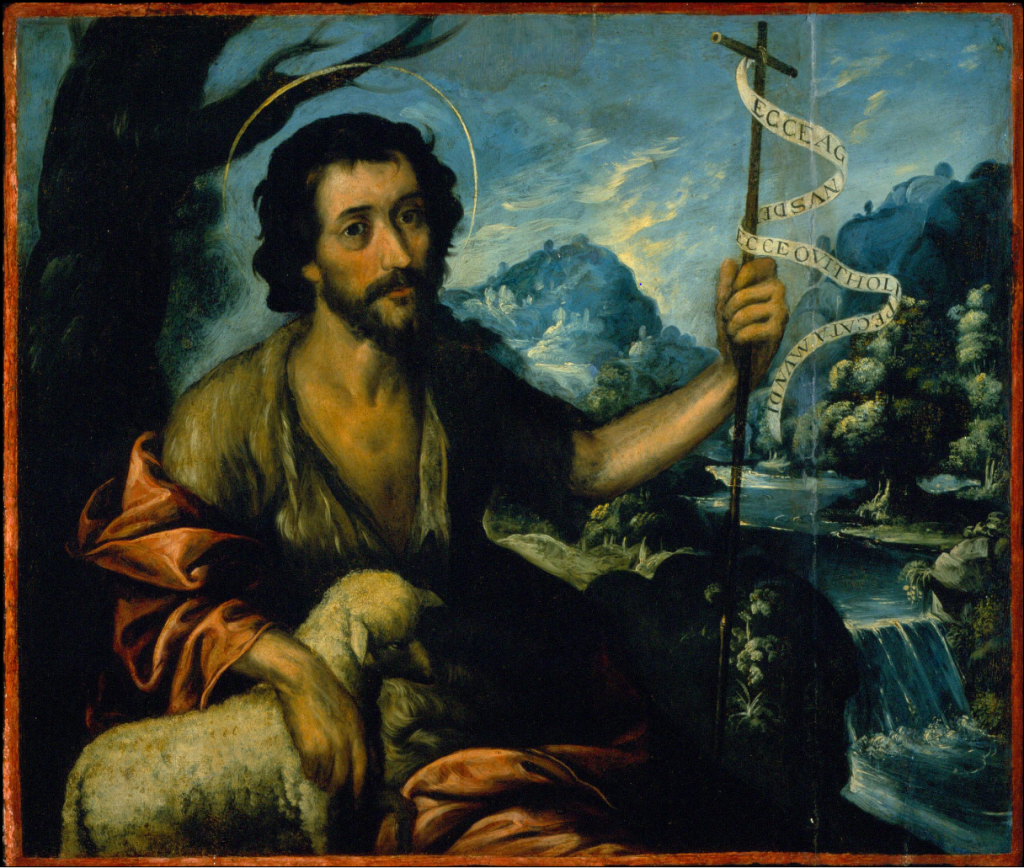
Baltasar de Echave Ibía, Saint John the Baptist, 17th century, Museo Nacional de Arte, Mexico City, Mexico.
Unfortunately, little is known about the life of Baltasar (or Baltazar) de Echave Ibía (c. 1583–c. 1650). Moreover, many of his works aren’t dated. He was the son of Baltasar de Echave Orio, another famous painter. Unlike his father, Echave Ibía was born in New Spain. Later on, he married Ana Rioja and had a son. Following tradition, he named his child Baltasar de Echave y Rioja. Therefore, all three men had the same name and profession. Thankfully, they have a second last name to distinguish one from the others.
In truth, to be part of an artistic dynasty that shared the same name and first surname could have been confusing. However, one distinct characteristic of Echave Ibía was the use of blue in most of his paintings, particularly in the landscapes. Additionally, academics like Angulo Íñiguez have pointed out that these backgrounds remind the viewer of the Northern European tradition. Furthermore, they note a naturalistic style.
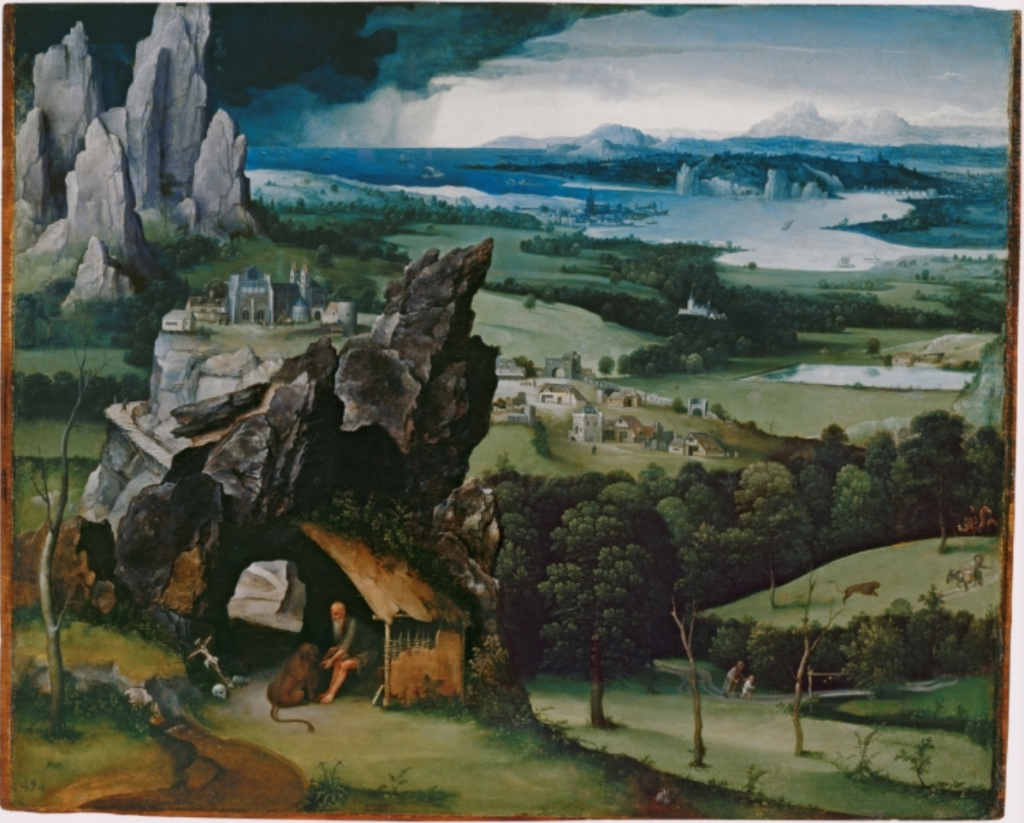
Joachim Patinir, Landscape with Saint Jerome, 1516-1517, Museo del Prado, Madrid, Spain.
But, where did the blue come from? The blue pigment has always been rare in nature. Therefore, its sources were widely sought and valued before its industrialization at the end of the 19th century. In the case of Colonial Mexico, a number of pigments existed on the market in the 17th century. Most likely, Echave Ibía used azurite, as it was the most popular blue pigment in New Spain at the time. Although it was valued, this mineral was more accessible than the precious lapis lazuli. In fact, this last one might have not been used at all in this era and region.
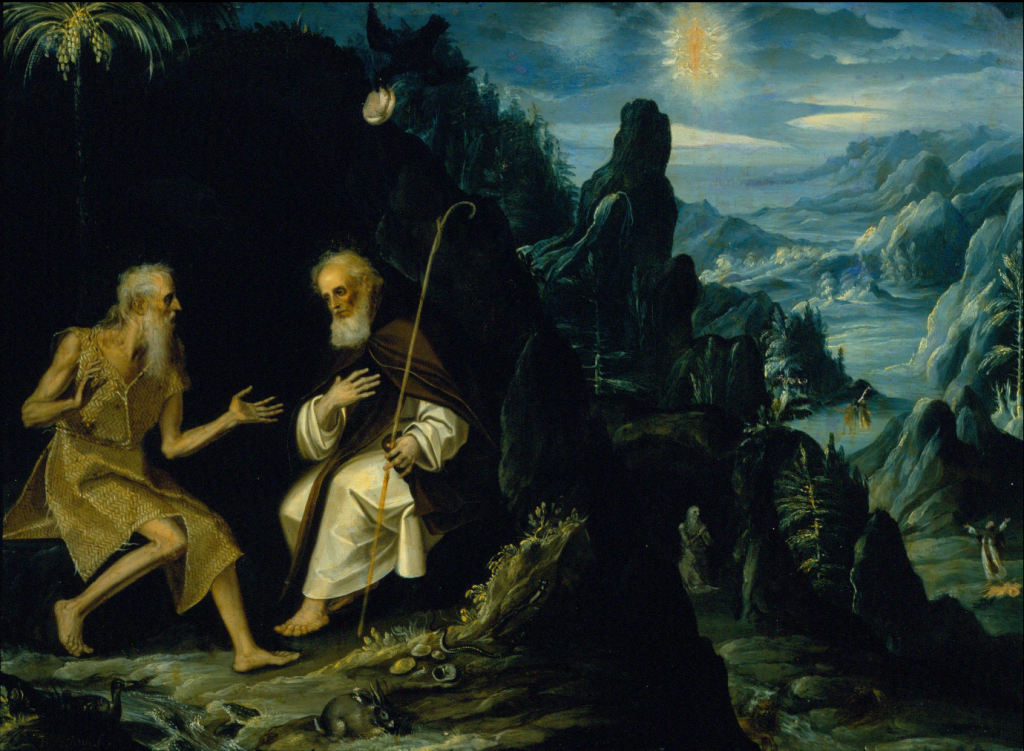
Baltasar de Echave Ibía, The Hermits, Saint Paul and Saint Anthony, 17th century, Museo Nacional de Arte, Mexico City, Mexico.
Normally, it came from various parts of Western and Central Europe, as well as the Americas. However, another important source after colonization was Santo Domingo in the Dominican Republic. At the time, it was called “Santo Domingo’s blue” or “Seville’s blue” since that was the place where it was refined. Alternatively, he could have used smalt blue which was used by painters such as Cristóbal de Villalpando (c. 1649–1714).
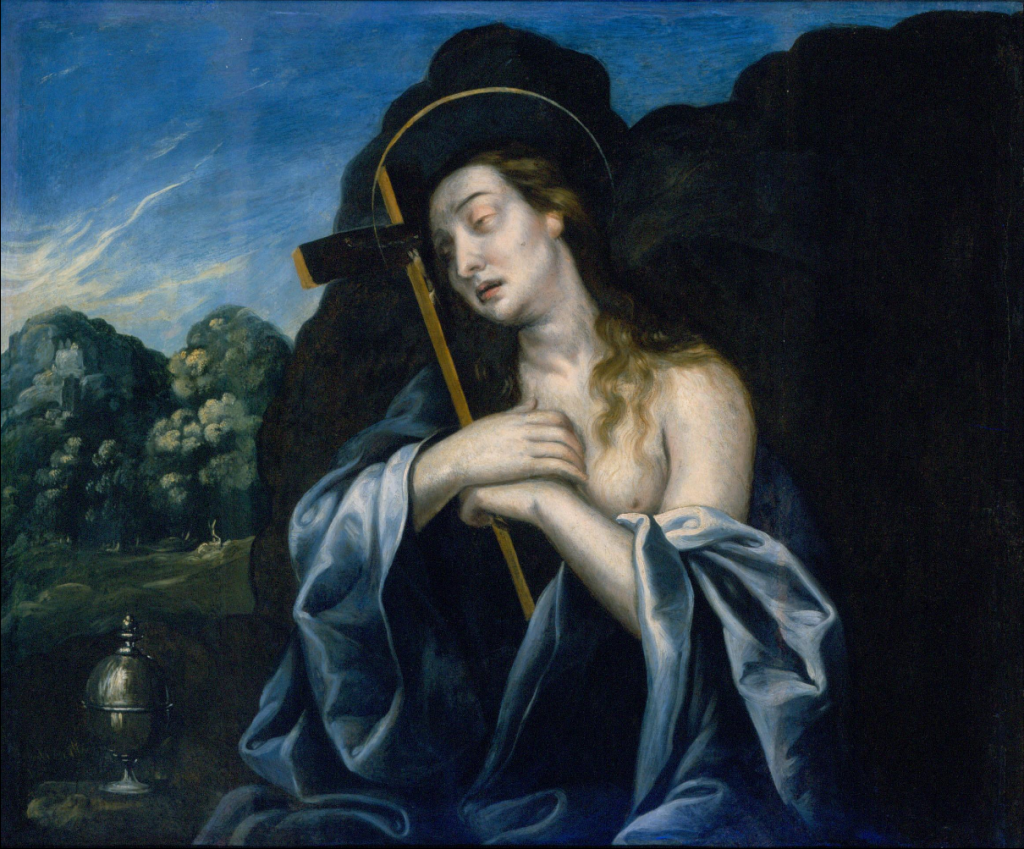
Baltasar de Echave Ibía, Penitent Magdalene, 17th century, Museo Nacional de Arte, Mexico City, Mexico.
Without a doubt, Echave Ibía’s most famous work is the Immaculate Conception. It is obvious from this painting why Manuel Toussaint granted him the nickname “the Echave of the Blues”. Truly, the canvas is full of this color. Actually, in a study done only on the Virgin’s mantle, there were two qualities of azurite that granted the different tonalities. Additionally, he mixed the pigment with other materials to expand the palette. As a result, there are greenish touches in some parts of the canvas.
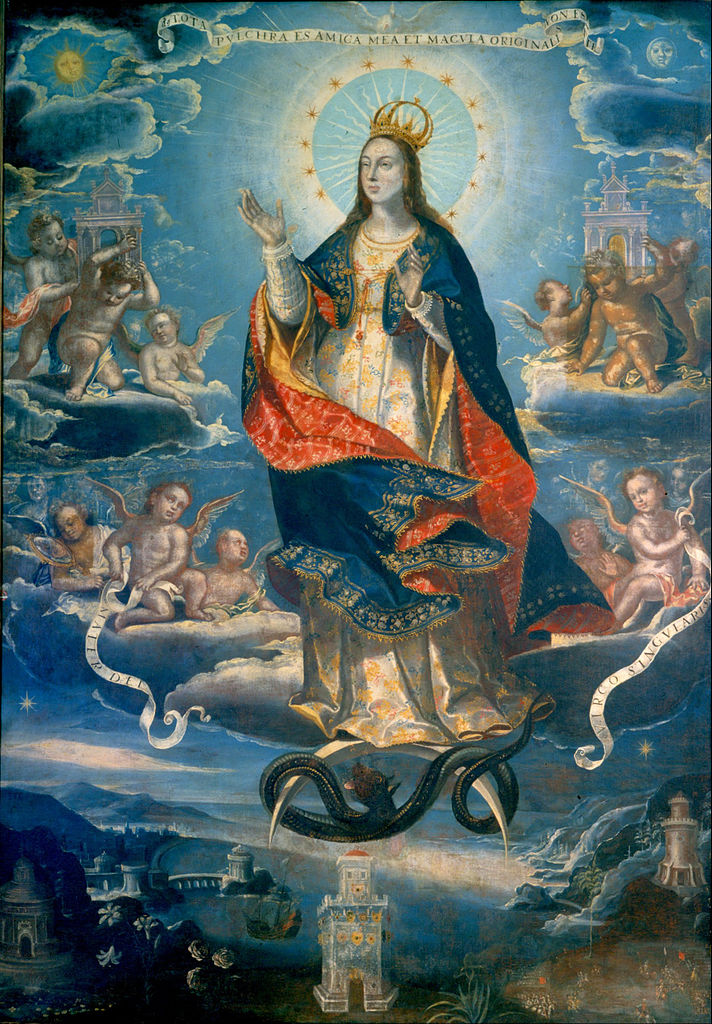
Baltasar de Echave Ibía, The Inmaculate Conception, 1620, Museo Nacional de Arte, Mexico City, Mexico.
As more academics research Echave Ibía, his works will shed light on the artistic world of New Spain in the 17th century. For now, we can enjoy his wonderful paintings full of blue.
Arroyo, Elsa, Manuel Espinosa, Tatiana Falcón, y Eumelia Hernández. “Variaciones Celestes Para Pintar El Manto De La Virgen”. 2012. Anales Del Instituto De Investigaciones Estéticas, 34 (100), 85-117. https://doi.org/10.22201/iie.18703062e.2012.100.2328. Accessed on 4 August 2022.
Bruquetas, Rocío. “La obtencion de pigmentos azules para las obras de Felipe II: comercio europeo y americano”. Art Technological Source Research; Art technology, 2008: 55-63. Accessed on 3 August 2022.
Gettens, Rutherford and West Elizabeth. “Azurite and Blue Verditer”. Studies in Conservation, May, 1966, 11 (2), pp. 54-61. Accessed on 4 August 2022.
Insaurralde, Mirta, Castañeda‐Delgado, María. “At the Core of the Workshop: Novel Aspects of the Use of Blue Smalt in Two Paintings by Cristóbal de Villalpando”. 2021. Arts, 10 (25). Accessed on 28 July 2022.
Straulino-Mainou, Luisa, Pi-Puig, Teresa, et. al. “Maya Blue Used in Wall Paintings in Mexican Colonial Convents of the XVI Century”. Coatings, 2021, 11 (88). Accessed on 1 August 2022.
DailyArt Magazine needs your support. Every contribution, however big or small, is very valuable for our future. Thanks to it, we will be able to sustain and grow the Magazine. Thank you for your help!